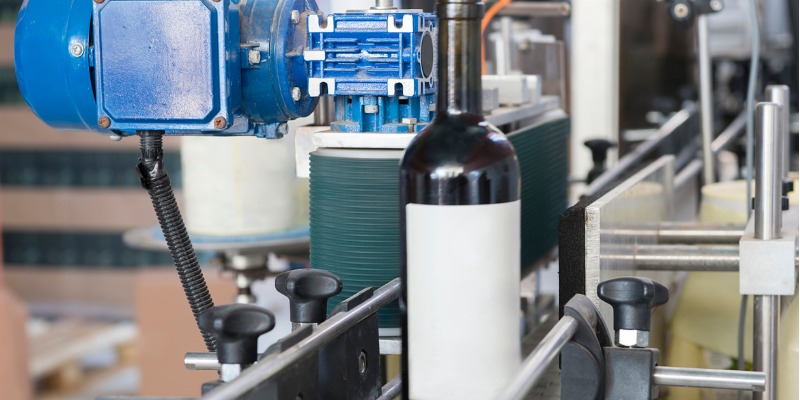
When using high tech adhesives, you’ll find them to be extremely reliable, with problems only occurring every once in a while. Adhesives can solve many design issues and also save you time, effort, and money when applied correctly.
However, there some instances when you may run into issues using them. Adhesive failure can be defined as:
- No adhesion upon cure
- Reduced adhesive strength
- Loss of adhesion over time
When examining the adhesive, it can sometimes be difficult to find the cause of the problem. This is especially so if the failure is intermittent or begins after a long period of success.
Here we’ll take a look at several common issues that can be considered when determining the cause of adhesive failures.
Adhesives and Contamination
Adhesive contamination should be one of your first considerations with adhesive issues. Grease, oil, or other impurities on the surface can potentially cause loss of adhesion. Although dirty substrates are an obvious potential risk, contamination can be inadvertent. Oils from skin contact can be enough to cause an issue.
Sometimes, if manufacturers change a production process, it may not affect the component performance, but can unintentionally affect the bonding of that component. You can lower the risk of this problem by controlling the cleaning process where the parts are made, if possible.
Silicone release agents can also be a possible source of contamination. They can settle onto surfaces and prevent adhesion. You must take care to prevent cross-contamination when you use silicones or any release agents.
Other Common Adhesive Issues and Troubleshooting

There are other common instances where adhesive failure can be due to the surface you’re working with, an uneven mix ratio, or even using too much adhesive. Here we look at a few of those issues and how to solve them.
- Unprepared surfaces. It’s very important to prepare your surfaces ahead of time. There are many methods to do so, including: washing, abrasion, and plasma or corona treatment. Surface preparation depends on the specific substrate and adhesive chemistry used. Ask your substrate provider/adhesive manufacturer about the appropriate preparation, as inconsistent surface preparation can lead to bond issues.
- Unbalanced mix ratio. The mix ratio for many two-part materials can be a major issue. Adhesives can be very sensitive to minor changes in the mix ratio. Materials can be stoichiometrically balanced and an off-ratio mix can disturb this, causing the material to not perform to the best of its ability.
- Other changes in ratio. When ratio is varied, even materials that aren’t sensitive to the mix ratio may perform off kilter. They may cure with a slightly different finished hardness and tensile strength, thus affecting the final performance.
- Poor or no mixing. Make sure to mix the original container as fillers and constituents can settle. Ensure everything is bonded together to achieve the maximum results.
- Uneven application. Application technique is also extremely important. Make sure you use the right amount for each unit. Too much or too little can produce variable cured strengths.
These are just some of the potential issues than can arise when you use adhesives. For a more comprehensive guide on common problems, and a more in-depth look at how to solve them, check out our guide.
Always feel free to contact Bond Tech Industries with more questions and help with all of your adhesive needs.





